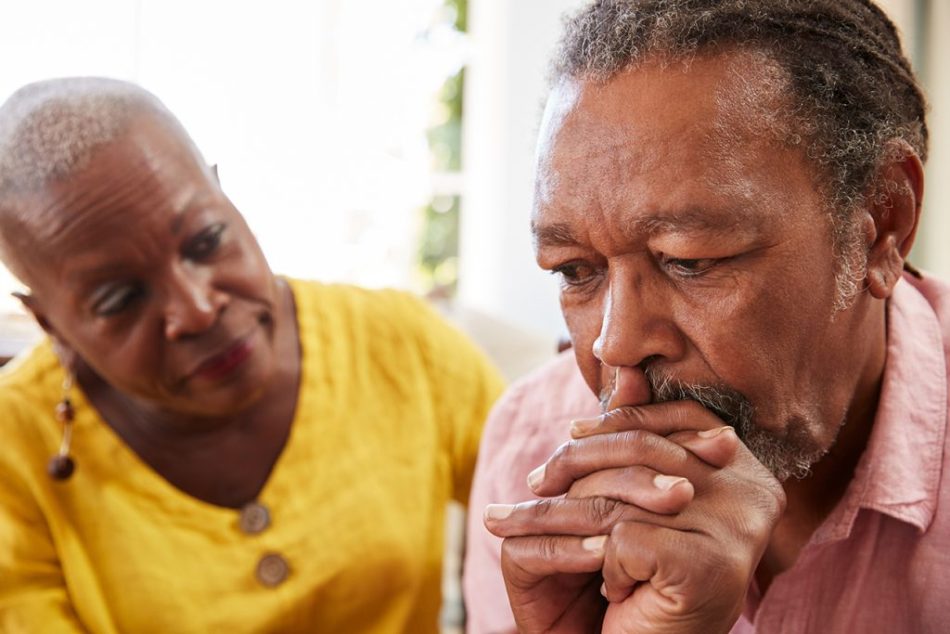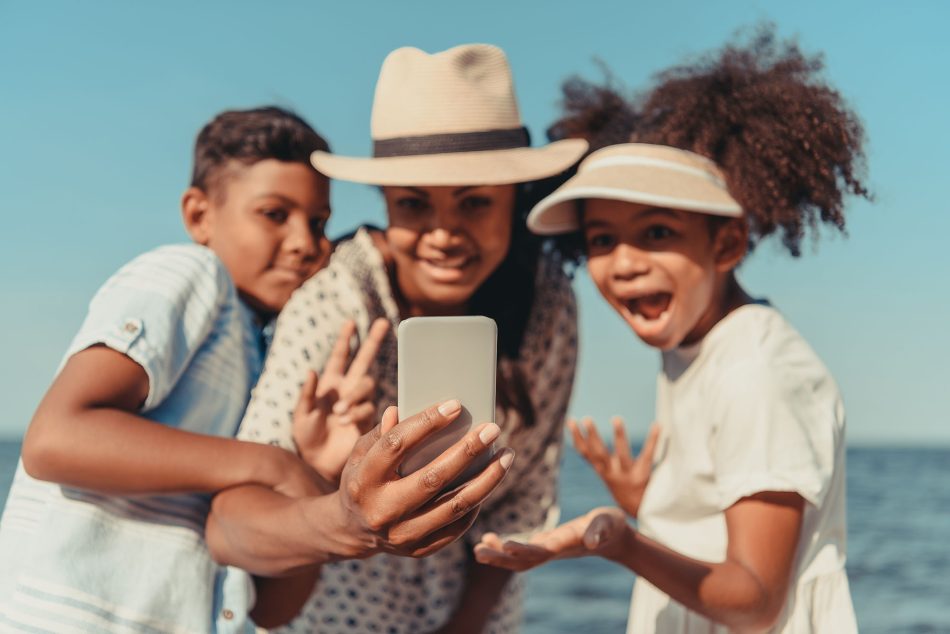Skin cancer: Summer – 5 things to know to prevent skin cancer

Dr. Braghiroli*
A common skin cancer misconception is that when skin contains a higher amount of melanin, people with darker skin do not have to worry about exposure to the sun’s radiation. While it is true that skin cancer is far less prevalent in dark-skinned populations, experts say anybody can be at risk for the disease. Especially individuals in the Caymans, due to the high levels of sun exposure throughout the year that result from its tropical climate.
Dr. Braghiroli, says that “darker skin has more natural protection from higher amounts of melanin – equivalent to an SPF13 sunscreen, essentially – but they are still at risk of developing skin cancers”. Here are five things’ people of color should know about skin cancer:


- Practice Self-Exams:
“75 percent of skin cancers diagnosed in people of color are in areas that are not exposed to the sun, such as the palms of the hands, nail beds, soles of the feet, inside the mouth and/or the genitalia area. Due to the locations of these skin cancers, there is a higher mortality rate for people of color as diagnosis is often delayed. As such, self-exams are extremely important. I recommend that patients conduct a self-exam at least once a month and pay close attention to areas not exposed to the sun, looking for new black/brown areas, asymmetrical moles, open wounds that don’t heal, and old scars that develop open wounds. In addition to self-examinations, I advise an annual screening by your dermatologist, whose trained eye may catch any spots you might have missed. People with higher risk factors should be screened more often.”
2. Always Use Sunscreen:
“While people of color are less at risk for skin cancer caused by UV radiation, it is important that they protect their skin, nevertheless. Sunscreen use can also protect people of color against hyperpigmentation. I recommend using a mineral-based sunscreen containing zinc oxide and/or titanium dioxide, as they work like a shield, sitting on the surface of the skin and deflecting the sun’s harmful rays. The old mineral sunscreens would appear as a white coating, which could create a chalky appearance on people of color. Sunscreen formulations have evolved over the years and today’s sunscreens are far superior, with some mineral sunscreens even offering a tinted color to match various skin tones. Additionally, it is important to use sunscreen with a Sun Protection Factor (SPF) of at least 30. Most people under-apply the correct amount, which is equivalent of one teaspoon for face, one for the chest/abdomen, one for the back, one for each arm and two for each leg. Consider going with a higher SPF sunscreen and if you’ve been swimming or sweating a lot, make sure you reapply every 80 minutes.”
3. Understand the Signs/Symptoms of Melanoma:
According to the Skin Cancer Foundation, the estimated five-year melanoma survival rate for black people is 67 percent versus 92 percent for white people. Additionally, people of color are more at risk for developing Acral Lentiginous Melanoma (ALM), which often appears in hard-to-spot places in the form of black or brown areas. This is why early detection is key in curing melanoma, so if you do find an unusual spot, changing mole or a wound that doesn’t heal, you want to see your dermatologist right away.
4. Know Your Risk and Family History:
Individuals who have 3 or more first-degree relatives diagnosed with melanoma are at a higher risk of developing melanoma themselves. Knowing your family history is very important.
Additional risk factors to be mindful of are having a lot of moles (more than 50), scars from a previous trauma, and chronic/open wounds. People who have HPV, smokers, or those who are immunosuppressed are also at greater risk for developing skin cancer.
5. Be Sun Smart:
With skin cancer the most common type of cancer in the United States, it’s important to take preventative measures to protect your skin when outdoors for any length of time. Those precautions include avoiding peak sun exposure hours between 10am and 2pm and wearing Ultraviolet Protection Factor (UPF) clothing, hats and sunglasses to protect your skin from the sun’s harmful rays.


From: Khashan Culmer, President, Poitier Marketing & P.R. Group
*Dr Naiara Abreu Fraga Braghirol
Dr Naiara Abreu Fraga Braghiroli, a dermatologist at the Miami Cancer Institute.





